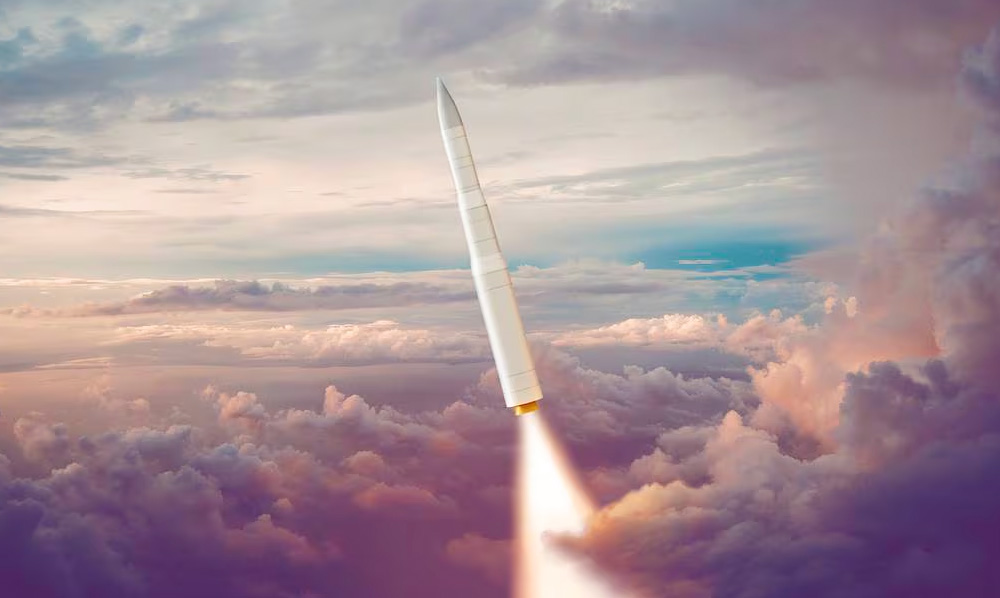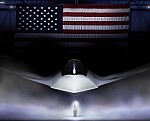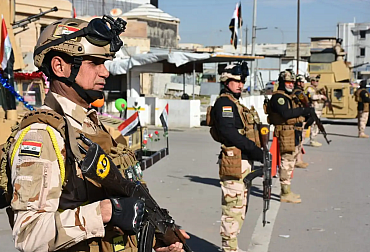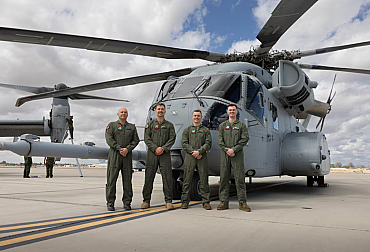The Sentinel program is in trouble
There are publicly available reports about problems and delays in the Sentinel program, which is intended to replace Minuteman III intercontinental ballistic missiles (ICBMs) after their decades-long service in the U.S. Air Force. Delays and additional costs of the Sentinel program could severely affect global strategic stability in the future.

Unfortunately, the previous generation of Minuteman III ICBMs is becoming obsolete as it was first introduced in 1960 and many of its parts were upgraded over the last 50 years. In 2014, the Air Force conducted a review which resulted in a decision to replace Minuteman III with a brand new missile system that could serve through the 2070s. It is expected that the replacement of the Minuteman III ICBMs with the new LGM-35A Sentinel could begin in 2029. According to current initial plans, Sentinel missiles will carry the same nuclear warhead as the Minuteman III. However, the U.S. nuclear industry is developing and manufacturing brand new warheads for the Sentinel program. These warheads are expected to be operational in the early 2030s.
The Air Force currently plans to acquire approximately 650 Sentinel missiles. 400 missiles could be operationally deployed. In addition to purchasing the aforementioned missiles, the Air Force also requires the modernization of 450 ICBM silos and 600 other facilities.
Unfortunately, the Sentinel ICBM program is facing strong headwinds. In January 2024, the Air Force informed the U.S. Congress that the Sentinel program will very likely exceed the initial cost plan by 37%. In July 2024, it was announced that the program cost will be exceeded by 81%. The values of both 37% and 81% are 'more than 30%', which means, according to U.S. laws, that the Department of Defense is obliged to cancel or certify a selected program due to its importance to U.S. national security. According to Pentagon officials, the Sentinel program was certified due to its nature (it is an ICBM) and due to the fact that there are no other programs which could serve as a Minuteman III replacement.
Moreover, the Sentinel ICBM program is facing serious delays that could result in a decrease in the readiness of U.S. Strategic Command. According to the aforementioned initial plans, the replacement of Minuteman III ICBMs is scheduled to begin in 2029. However, the key flight test of the newest missile has not yet been conducted, although it was scheduled to take place in December 2023. According to fiscal year 2025 plans, the earliest date for the possible first flight test of the newest Sentinel missile is February 2026, which grossly hampers efforts to replace Minuteman III, potentially decreasing the readiness of U.S. Strategic Command.
Apart from the practical implications, there are also deeper implications that could influence not only the US Strategic Command capability per se, but global security and stability as well.
This is due to the fact that other powers are developing nuclear weapons and their carriers, mainly Russia and China. Russia is actively modernizing its nuclear forces over the course of the last several years. Russian nuclear forces obtained road-mobile and silo-based systems intended to replace older ICBMs, such as the road-mobile Topol-M and the silo-based legacy missile Satan. According to the Federation of American Scientists, Russian nuclear forces currently deploy more than 200 Yars missile launchers (both road-mobile and silo-based) and an unknown number of Sarmat silo-based missiles, which underwent several tests recently and are, according to now former Roscosmos director Yuri Borisov, on combat duty.
Chinese nuclear forces are, compared to Russian and U.S. nuclear forces, considerably smaller in the case of both deployed nuclear warheads and road-mobile and silo-based missiles. Chinese nuclear forces deploy approximately 130 road-mobile and silo-based missiles in 2024. However, in recent years, Chinese nuclear forces rapidly expanded silo fields across mainland China, which could indicate that China plans an even larger expansion of its nuclear forces. According to various estimates, China could have around 1,000 nuclear warheads. Both Russia and the U.S. now deploy 1,500 warheads under the new START Treaty.
How will Russia and China react? How could delays and additional cost of the Sentinel program influence Russian policy over much needed extension of the New START Treaty? What could be the Chinese reaction to the decrease in US deterrence capabilities? These and many other questions related to this topic will be crucial for the future of global strategic stability.








